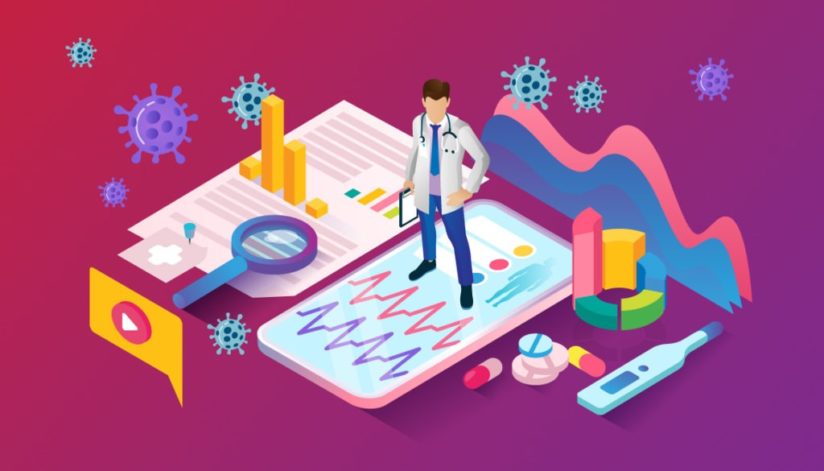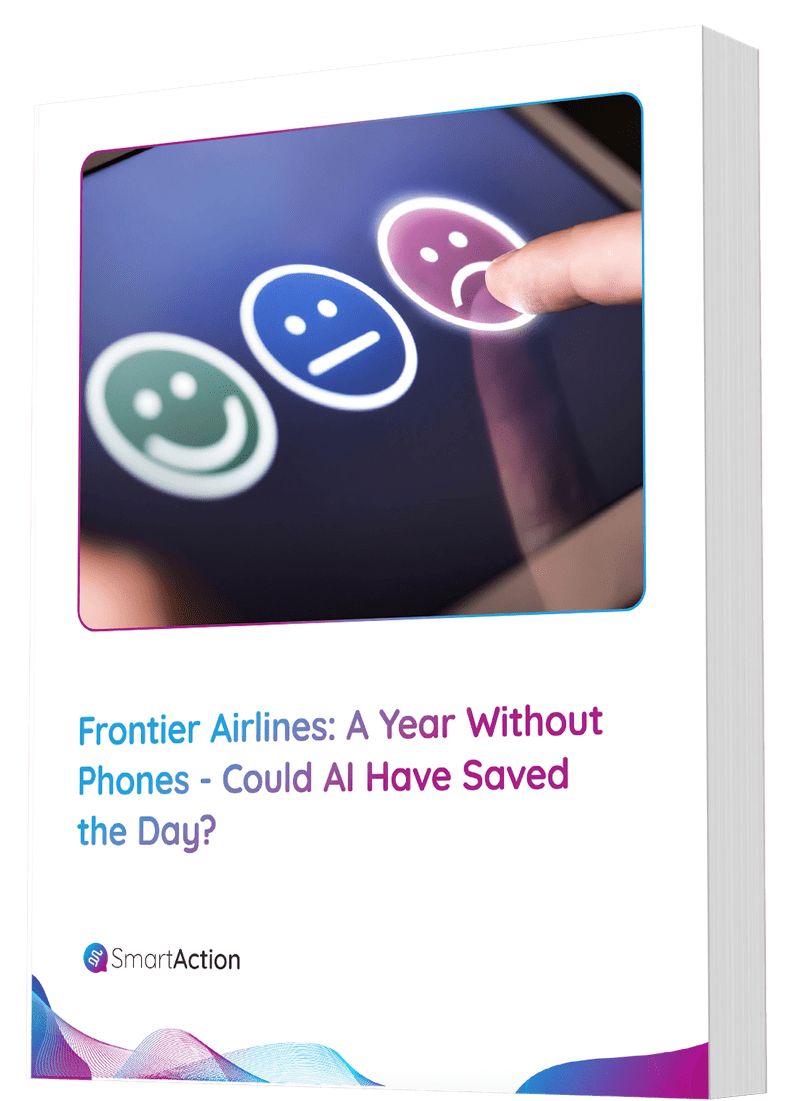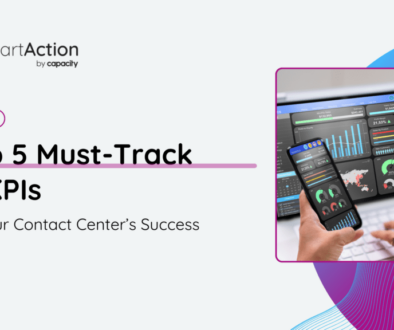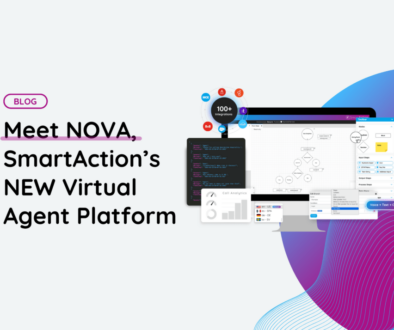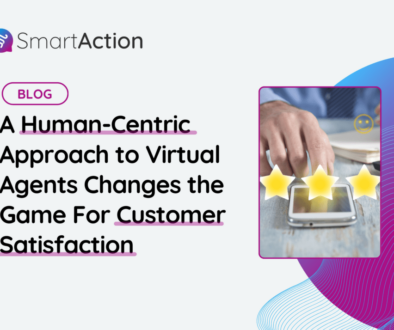Reshaping Healthcare Support: How Automation Answered Patient Care Challenges
The healthcare landscape underwent a profound transformation in the aftermath of the COVID-19 pandemic, reshaping the traditional roles of Interactive Voice Response (IVR) systems and contact centers. This global crisis thrust the healthcare industry into uncharted territory, exposing vulnerabilities in patient access and communication systems. Hospitals and healthcare providers faced an unprecedented surge in patient inquiries and needs, forcing them to reevaluate how they deliver essential services while grappling with the demands of patient care.
In response to this seismic shift, healthcare organizations rapidly adapted to the new reality, leveraging technology in innovative ways. Traditional IVR systems, long seen as transactional tools, assumed a more pivotal role in patient interactions. Simultaneously, contact centers found themselves inundated with calls, necessitating creative solutions to maintain patient access to routine care while efficiently managing the deluge of COVID-19-related inquiries. This article explores how the last three years have ushered in a new era for healthcare IVR systems and contact centers, fundamentally altering patient engagement and service delivery.
Conversational AI: A Response to Increased Healthcare Demands
Healthcare agencies and public health organizations have experienced a significant increase in call volumes at their contact centers. In some cases, call volumes surged by over 600% compared to typical levels.
Unsurprisingly, healthcare providers are increasingly turning to conversational AI technology to manage the surge in calls. Virtual health agents are now stepping in to address queries related to symptoms or the care of potentially infected individuals, thereby reducing the strain on overwhelmed contact centers and enabling patient self-service.
By deploying virtual health agents as the initial point of contact, routine patient inquiries can be resolved on a large scale without requiring human intervention. Importantly, patients gain swift access to information and self-service options whenever they need assistance.
The Versatility of Virtual Health Agents in Healthcare
Virtual health agents, integrated into electronic health record (EHR) systems like Epic or Cerner, can handle a wide range of healthcare tasks. Below are some established use cases that has been automated for the healthcare industry:
- Welcome Greetings – Identifies patient intent using natural language, employs HIPAA-compliant three-factor authentication, and directs inquiries to the appropriate caregiver or department.
- Appointment Management – Assists patients in scheduling, canceling, or being wait-listed for appointments. Sends SMS and/or outbound calls to remind patients of upcoming appointments, with the option to reschedule.
- Patient Outreach – Sends proactive SMS messages for prescription refills, wellness tips, and notifications regarding preventative care services.
- Social Determinants of Health (SDOH)/Patient Demographics – Helps patients update their address on record, modify profile information, and order equipment/supplies.
- Inbound/Outbound Billing – Enables patients to make bill payments, receive balance notifications, and negotiate payment arrangements.
- Symptoms Triage – Diverts COVID-19 and sickness related calls to SMS and chat channels, where symptoms can be assessed to determine whether escalation is necessary, including a callback from a physician or a scheduled appointment. EHR platforms have also opened up APIs for AI to capture new patients not already in the system.
Benefits of Deploying Virtual Agents in Healthcare
Numerous healthcare organizations are already incorporating virtual agents into their digital patient care strategies to enhance patient accessibility to services. Beyond empowering patients to handle routine tasks in a straightforward and intuitive manner, virtual agents also complement contact center agents.
Virtual agents offer an additional advantage to healthcare providers – cost savings. Missed appointments alone cost the US healthcare system a substantial $150 billion annually. Given that 88% of patients schedule doctor appointments via landline phones and 65% face challenges when trying to engage healthcare providers, maintaining open lines of communication – whether through voice, chat, or SMS – has become more crucial than ever.
Watch how quick and easy appointment scheduling is with the SmartAction virtual health agent:
As we reflect on this journey of innovation and adaptation, it’s evident that the integration of automation technologies into healthcare processes has not only improved patient access and experience but also significantly enhanced the efficiency of healthcare providers. The lessons learned from the past three years will continue to guide the future of healthcare, where automation plays a central role in delivering high-quality care to patients.
To explore how SmartAction is leading the way in healthcare automation and discover the latest advancements in the field, visit our healthcare webpage. Join us in shaping the future of healthcare through automation, where patient care remains at the forefront of every innovation.

